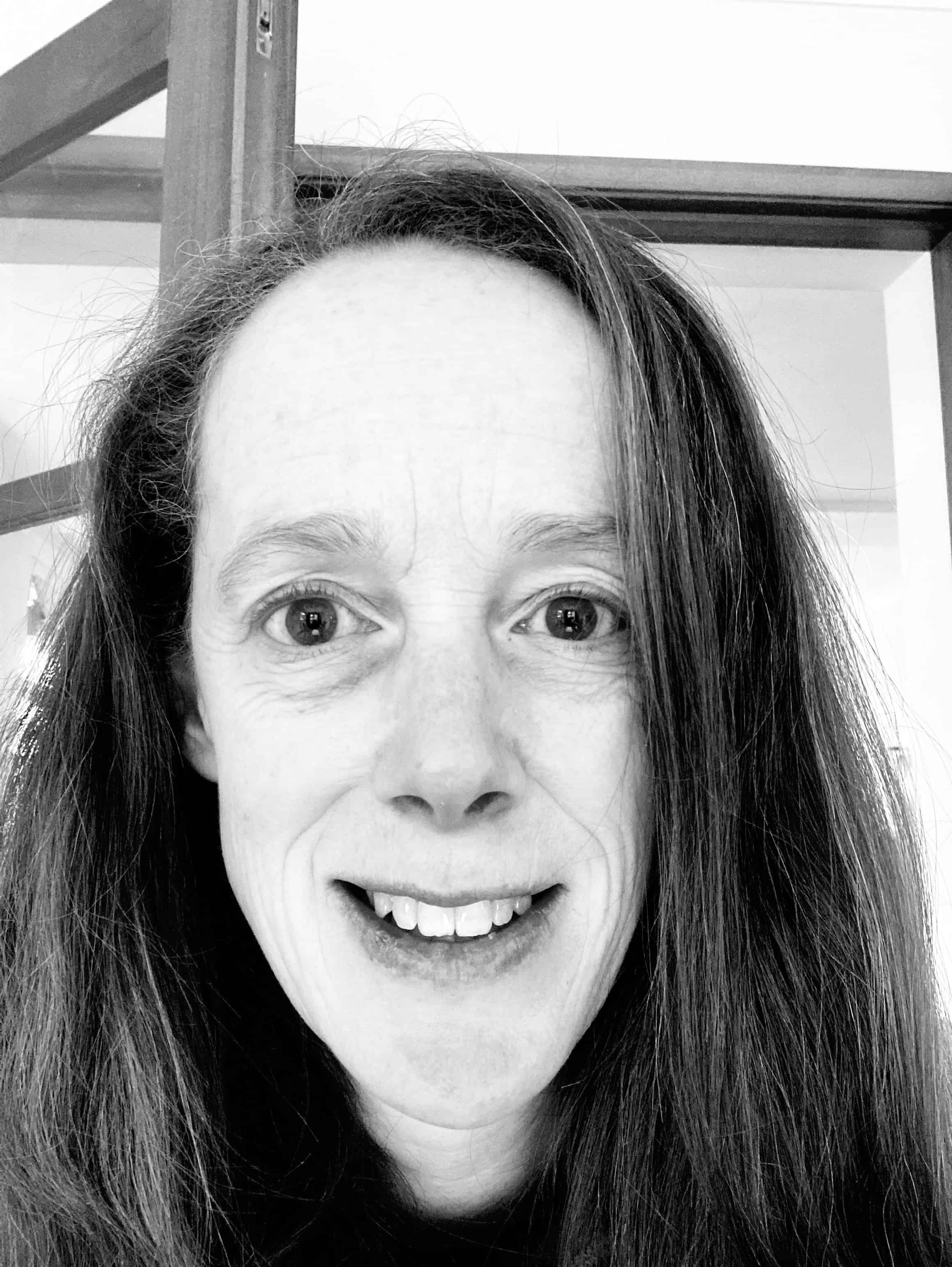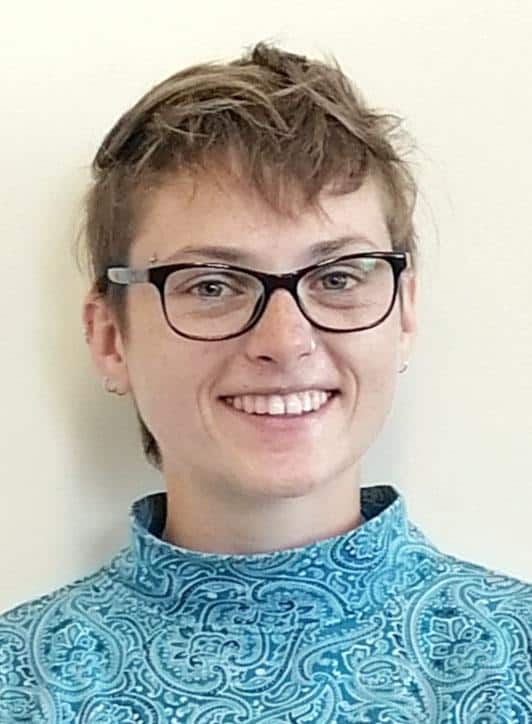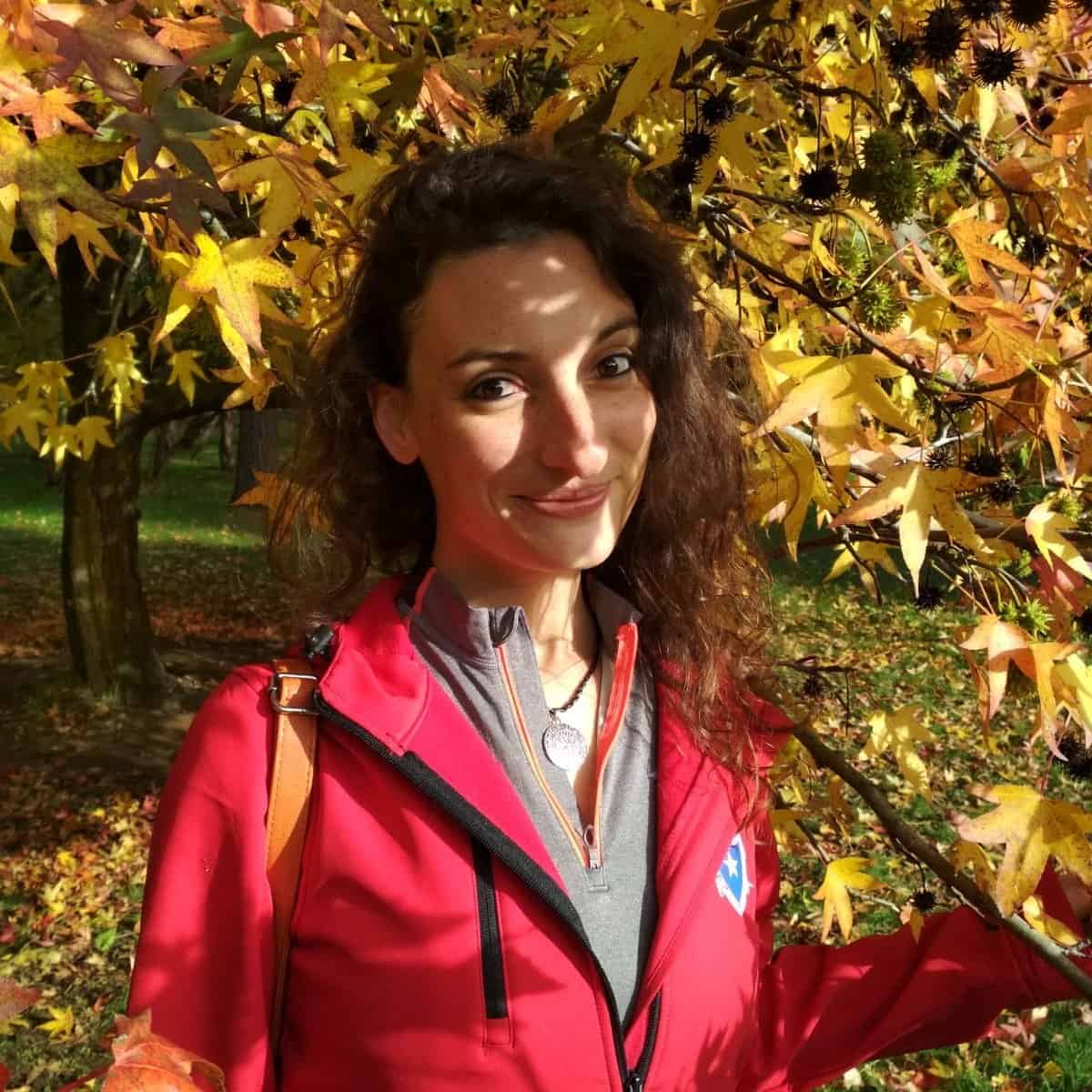Profile
Michelle Grey
CV
-
I'm currently solving this problem:
At the moment I am waiting for sequencing results back from our genomics pipeline group which is located on the ground floor of the Earlham Institute. They have 22 of our fungal genomic DNA samples. Due to the pandemic, some laboratory supplies have been either in short supply, or just not available so this slows down the laboratory work a lot. When a DNA sample is sent into the pipeline, it has a quality check performed to ensure there is enough DNA present and that this DNA is intact without impurities which could inhibit the sequencing. If it checks out okay, then it is prepped and they call this a library prep. There are kits which are used for each piece of equipment and in this instance of long-read sequencing, they will use the PacBio instrument. The library prep involves size-selection of the DNA (by basepairs) and then buffers are added which keep the DNA intact during the sequencing. I have been working on extracting long-read or genomic DNA for 22 fungal samples. More than half of these are from what I grew up when working out at Rothamsted Research. The other half come from the soil cores which were taken directly under the roots from which I cultured these fungal tissues. The most difficult part of extracting DNA from fungal tissues is the amount of polysaccharides and RNases within the fungal cells. These inhibit sequencing so need to be cleaned out before your sample is submitted. Another difficulty is how to break open fungal cells due to chitin. Chitin is a flexible fibre and is five times stronger by weight than high-grade steel and extremely stretchy so to use enough force to lyse the cells (break them open), you are at risk of damaging or ‘shearing’ the DNA as well as releasing all the contaminants you don’t want included with your DNA (polysaccharides, RNases, melanin). I worked hard and long on trialling different extraction methods. I made minor changes and tweaks along the way and at the end was successful at obtaining some long strands of DNA from these samples due to the help of scientists out at Rothamsted, Research. We shared back and forth what each was doing to overcome the issues we were having with the DNA and finally it was solved, at least for these samples!
-
I'm currently working on these species doing this:
The species I am working on within the Darwin Tree of Life project are coming from local ponds as well as ponds and lakes out near Oxford at the moment.
They are:
Tetramitus jugosis – amoeba
Hydrodictyon reticulatum – green alga
Chrysotila carterae – coccolith
Rhodella violacea – red alga
Diacronema lutheri – microalga
Tetraselrius chui – uniceluular agla
Chloroidium saccharophilum – a common terrestrial coccoid green alga
Pycnococcus provasolii – green alga
Dunaliella primolecta – biflagellate green algal and mostly marine protist
Colpoda steinii – colpoda-shaped ciliate
Thalassiosira rotula – planktonic diatom
Pseudo-nitzschia pungens – planktomic diatom
Chlamydomonas spp. – green algae
I’m involved with a group of scientists that are figuring out the best method(s) for extracting long-read DNA from each of these species. The outcome for each will provide blueprints for how to extract from other similar species for the Darwin Tree of Life project. So far the diatoms and other marine-based species in the above list are proving the most difficult and challenging to work with. Some of the green algae are presenting similar issues I’ve had in the lab with fungi and plant material due to the excess sugars these cells carry.
-
My Interview
-
How has your work progressed recently?
Quite well actually. I have submitted our samples for sequencing which will hopefully produce 22 full genomes to answer specific questions regarding the wheat pathogen G.tritici as well as the take-all antagonist species
What have you got planned for your research over the next year?
I'm assisting with the protist extractions and will be trialling some changes to the existing method in order to improve yields and DNA quality
What or who inspired you to follow your career?
My family encouraged me to follow what I love to do and I have always had a passion for our natural world and what makes everything work the way it does at a molecular level.
If you weren't doing this job, what would you choose instead?
I'd choose working as a field scientist assessing habitats
-







